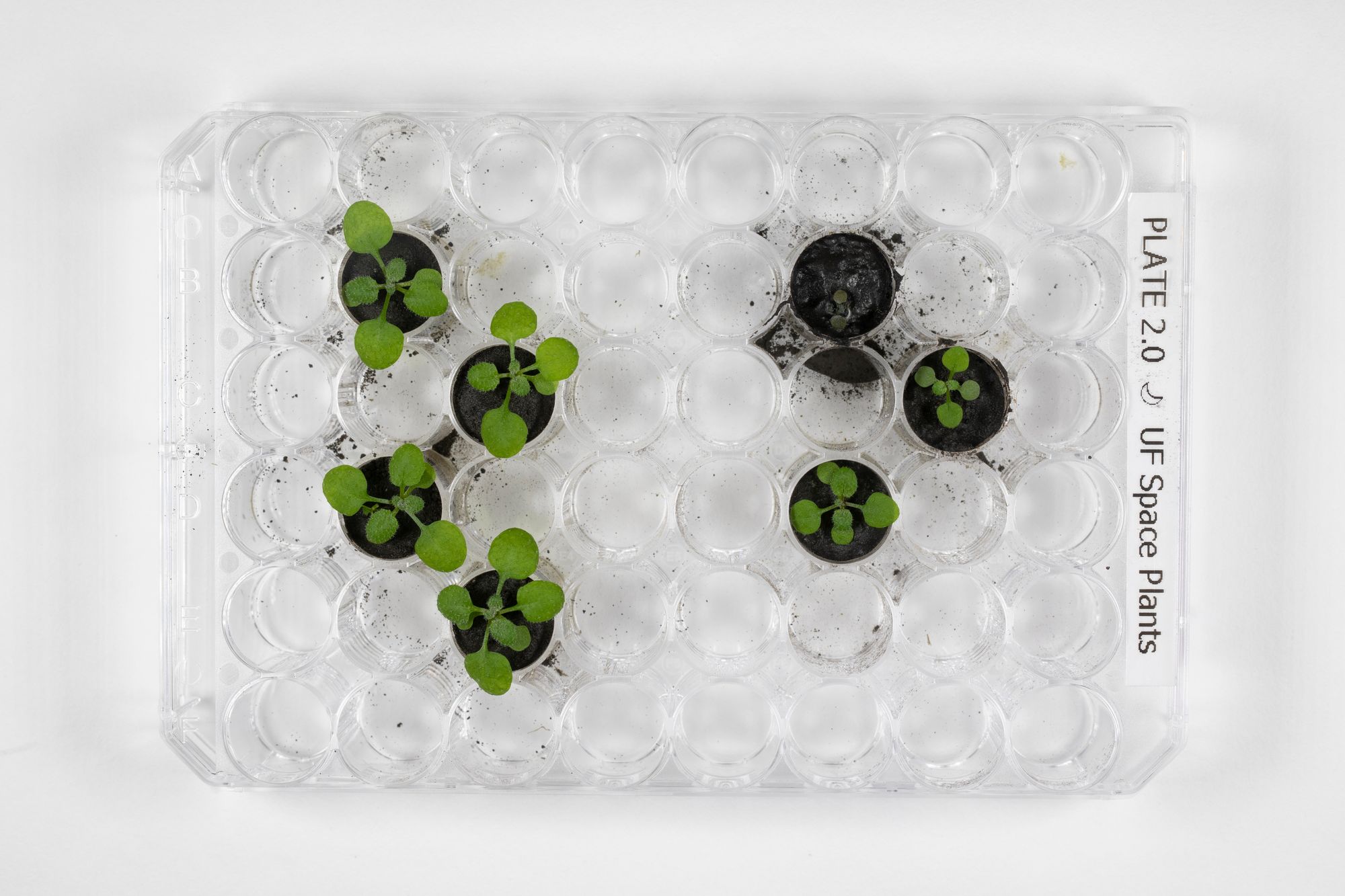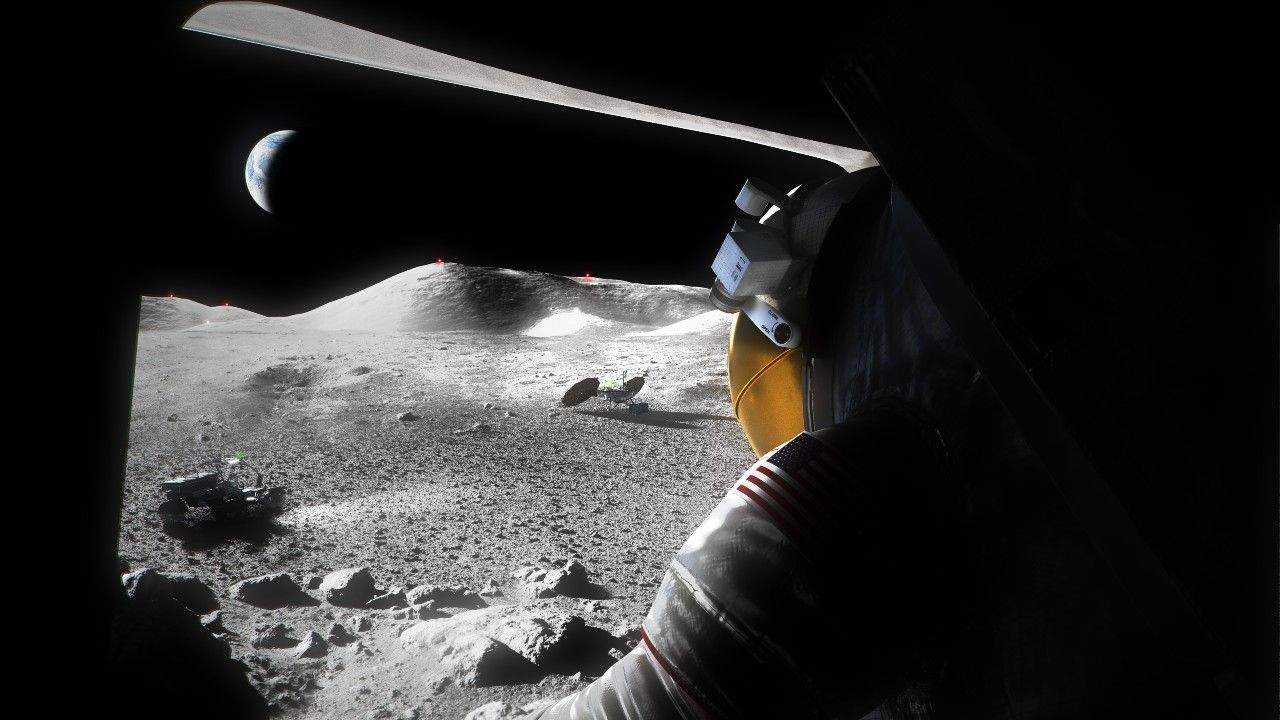
It's been half a century since humans last set foot on the moon. Yet the Apollo voyages continue to facilitate scientific research. To feed a lunar colony, it would be beneficial to grow food on-site instead of performing constant supply missions.
In a paper published on May 12, researchers from the University of Florida detail experiments where they successfully grew Arabidopsis Thaliana, or Thale Cress, in lunar soil. The plant is, due to its small size and ease of growth, the most studied plant in the world.
The plants were grown using as little as a gram of regolith, as the lunar soil is known, each and then compared to one control group grown in regular dirt. The experiments show that, while the plants indeed grew and both initially seemed to grow at a similar pace, differences became evident after the sixth day.
The regolith samples were visibly not as robust as the control group. Later RNA analysis showed that the plants were under stress and grew in a manner similar to plants that grow in harsh environments, such as when the soil features too much salt or is contaminated.
“This research is critical to NASA’s long-term human exploration goals as we’ll need to use resources found on the Moon and Mars to develop food sources for future astronauts living and operating in deep space”, said NASA Administrator Bill Nelson in a NASA article.
This paves the way for further research, for example how regolith could be made more suitable for plant cultivation and whether certain regions of the moon are more forgiving than others. The results and those of further research aren't just useful for space travel.
“This fundamental plant growth research is also a key example of how NASA is working to unlock agricultural innovations that could help us understand how plants might overcome stressful conditions in food-scarce areas here on Earth”, Nelson clarified.
Image: UF/IFAS photo by Tyler Jones







